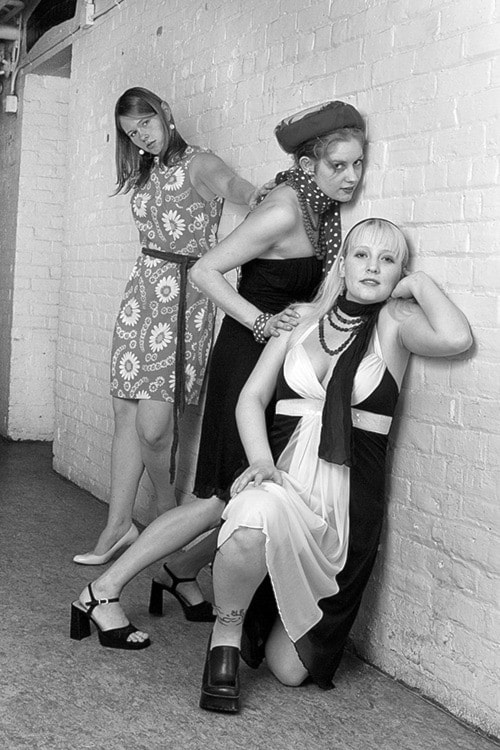Depth of field is a seemingly elusive topic that I discuss in my classes and repeatedly explain to photographers who come to my shop complaining about problems with their lenses.
The problem is really just a lack of understanding of how the aperture controls the field of focus around the subject.
Long time readers might remember my many articles over the years discussing “depth-of-field”.
Hopefully, I won’t bore those that understand how to use depth of field, but it is always a good thing to review this concept.
I will reuse an example I used a couple of years ago about a photographer that showed me an image made during a wedding.
The photographer showed it to me commenting that he had chosen that lens because it had a wide aperture which allowed for photographing in low light, but was bothered that the expensive lens wasn’t very sharp.
The image showed a view of the central aisle of the church with pews left and right, leading up to the bride in the distant centre, approximately 20 feet from where the photographer was located.
The overall exposure shot at an aperture of f/2.8 was fairly good, however, what bothered him was the guests around the bride standing in the aisle weren’t very sharp
The definition of depth-of-field is, “that area around the main subject, in front of, and behind it, that is in acceptably sharp focus”.
Wide aperture lenses are very popular and using a lens at a wide aperture like f/2.8 when making a portrait isolates the main subject and produces a soft, out-of-focus background by reducing the depth of field.
The photographer was relying on the wide aperture to increase the exposure in limited lighting conditions. That additional light allowed for a faster shutterspeed for handholding, but along with the benefit of additional light reaching the camera’s sensor the photographer forgot, or didn’t realize, that the resulting effect would also be a reduced depth of field.
Using a wide aperture reduced the field of focus in front of the subject of a couple feet and the same behind the subject. That would be fine in a close-cropped portrait, but in that photograph of the church aisle, the guests in the foreground and guests in the background, appeared to be out-of-focus.
The further your subject is away the more the depth of field.
The closer your subject the less the depth of field.
The smaller the aperture the more the depth of field.
The larger the aperture the less the depth of field.
The smaller your aperture the slower your shutter will need to be.
I prefer using a small aperture for scenic photography and, as in this instance, for interiors.
The answer to that example, and the examples I saw posted online, would be how to solve the low light problem not with a wide aperture, but by increasing the ISO so a smaller aperture could be used.
Depth of field is that area in front of and behind your subject that is acceptably sharp.
Practically, the depth of the field of focus will be one-third in front and two-thirds behind the subject.
Photographers who understand how to use depth of field will become progressively more successful in their photography.
These are my thoughts for this week. Contact me at emcam@telus.net. Stop by Enman’s Camera at 423 Tranquille Road in Kamloops. I sell an interesting selection of used photographic equipment. Call me at 250-371-3069.
